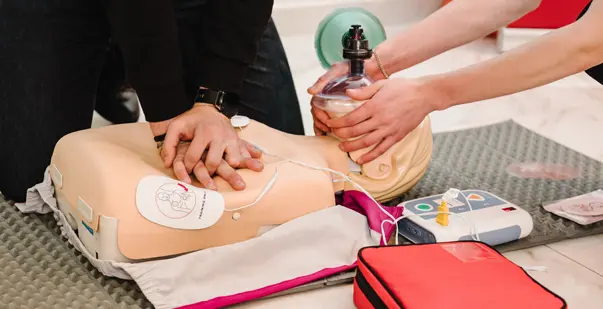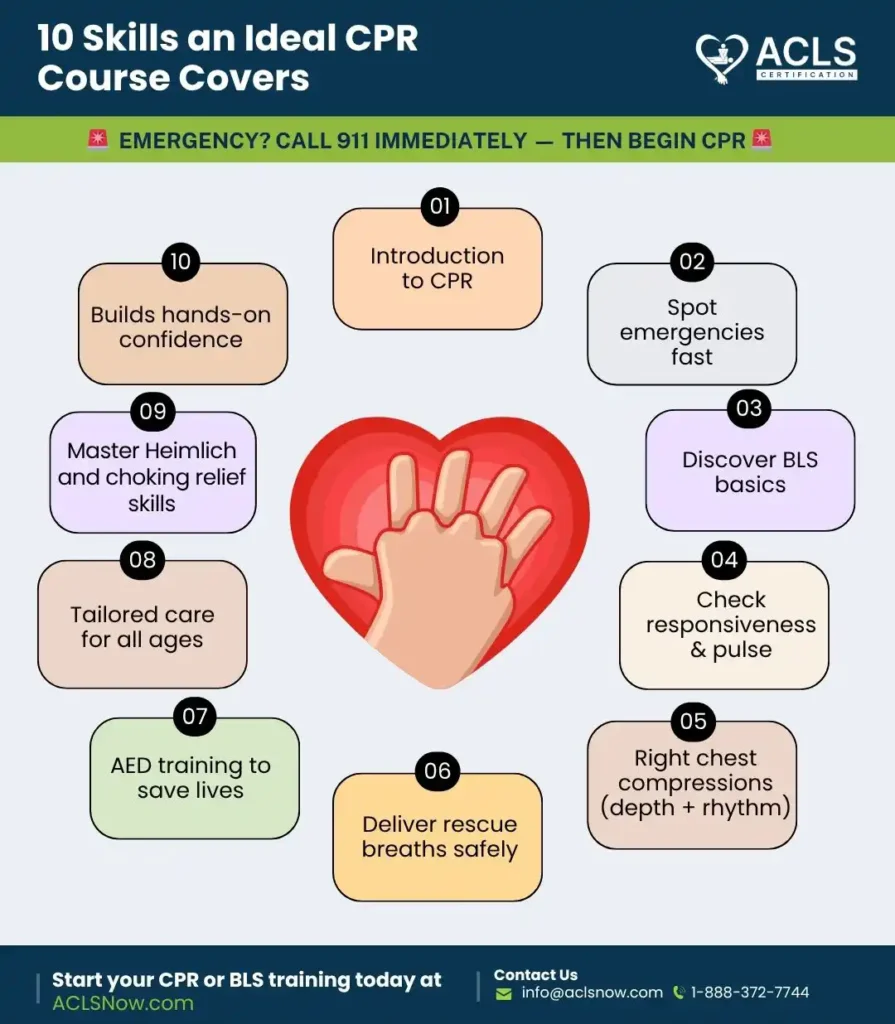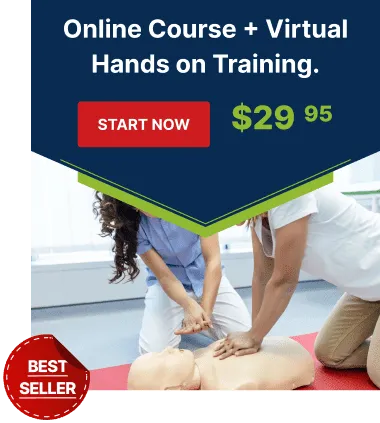If you’ve ever wondered whether CPR and BLS are the same, you’re not alone, many people mix them up. When it comes to emergency medical training, there are two acronyms that we keep referring to. One is CPR, which stands for cardiopulmonary resuscitation and BLS for Basic Life Support. Both of these interventions are crucial for saving lives. It is also important to understand the difference between the two.
Understanding the contrast, will help aspiring healthcare professionals respond better in critical situations.
To discuss more on BLS vs CPR certification, it is important to know that an ideal online BLS training covers the steps of CPR. Being a critical emergency response, performing effective BLS along with AED usage can increase a person’s chances of survival by 75% post cardiac arrest.
In this blog we will understand the specifics of BLS and CPR training along with key differences. We will also study what each course covers. So let’s dive in!
Master BLS Now
Get BLS certified with confidence
Is CPR and BLS the same?
CPR and BLS are two essential programs designed to equip individuals with lifesaving skills. Both are crucial in emergencies, but they cater to different target audiences. Let’s understand the differences in detail.
- CPR is intended for the general public. Such as parents, teachers, coaches, childcare providers, and non-medical professionals.
- BLS is designed for healthcare professionals and first responders, such as doctors, nurses, EMTs, and others. It is those who encounter cardiac emergencies in their professional roles.
Here’s a closer look:
| CPR Training | BLS Training |
| Designed for the general public, including parents, teachers, and non-medical professionals. | Designed for healthcare professionals, first responders. It is intended for those who may encounter cardiac emergencies in their professional duties. |
| Certification Body: American Heart Association (AHA), American Red Cross, and other accredited providers. | Certification Body: Mainly AHA and the American Red Cross for healthcare-level credentials. |
| CPR training includes chest compressions, rescue breaths and AED usage. | BLS training comprehensively covers CPR techniques, AED usage, advanced airway management, including use of bag-mask devices. |
| CPR training emphasizes fundamental life-saving skills that can be quickly learned and applied. | BLS training focuses more on detailed and advanced medical knowledge. It requires familiarity with medical terminology and emergency protocols. |
| This is less rigorous and CPR certification stays valid for 2 years. | The certification process for BLS involves more stringent testing. A bls certificate stays valid for two years, requiring periodic renewal and possibly more frequent updates. |
| A CPR course is usually shorter and can be completed within a few hours. | BLS courses are more extensive, often requiring a full day or more of training. |
| A CPR certification can be renewed easily with online flexible renewal options. | A BLS certification typically requires an in-person skills check and testing for renewal; some blended learning options are available. |
| Not mandatory for most jobs, but can be useful for teachers, childcare workers, and fitness trainers. | Mandatory for healthcare roles like nurses, doctors, EMTs, and many hospital staff positions. |
Quick Comparison Checklist
- Duration: CPR takes a few hours, whereas a BLS course can take a full day or more to complete.
- Cost: A CPR course generally costs less compared to a BLS course.
- Certification Validity: Both are valid for 2 years. But, BLS often requires stricter renewal.
Read More: Blood Pressure and Heart Rate: Relationship and Differences
What does an ideal CPR course cover?
CPR is a critical life saving technique that is helpful in cases of stroke or sudden cardiac arrests. It is important for individuals to know what an ideal comprehensive cpr course offers. Along with providing thorough training, an ideal course covers all these points-
Introduction to CPR:
- Overview of CPR and its importance.
- Understanding the situations that require CPR (e.g., cardiac arrest, drowning, choking).
Basic Life Support (BLS) Principles:
- Chain of survival.
- Importance of early intervention.
Assessment and Recognition:
- Checking for responsiveness.
- Identifying signs of cardiac arrest.
- Assessing breathing and pulse.
Chest Compressions:
- Proper hand placement and technique.
- Compression depth and rate.
- Ensuring high-quality, uninterrupted compressions.
Rescue Breaths:
- Techniques for providing effective rescue breaths.
- Using a barrier device (e.g., face shield or mask).
- Avoiding hyperventilation.
Automated External Defibrillator (AED) Use:
- Understanding the function and importance of an AED.
- Steps to operate an AED.
- Safety precautions while using an AED.
CPR for Different Age Groups:
- Differences in technique for adults, children, and infants.
- Adjusting compression depth and breath volume based on age.
Relief of Foreign-Body Airway Obstruction (Choking):
- Recognizing signs of choking.
- Performing the Heimlich maneuver.
- Techniques for conscious and unconscious victims.
Team Dynamics:
- Working effectively in a team during a resuscitation attempt.
- Roles and communication among team members.
Practice and Simulation:
- Hands-on practice with mannequins.
- Realistic simulations of emergency scenarios.
- Feedback and correction from instructors.
Additionally, a good CPR program also helps learners understand the difference between hands-only CPR and traditional CPR with rescue breaths. For example, when to use each, and why both methods matter. Many modern courses also integrate infection control measures. This includes performing CPR during situations like COVID-19, while minimizing the risk of exposure.
To make training practical, courses often use real-life scenarios such as choking, drowning, or collapse. These allow participants to practice decision-making under pressure and gain confidence to act when seconds matter.
Conclusion
Understanding “BLS vs CPR” is crucial for selecting the appropriate life-saving training based on individual needs. CPR training is designed for the general public. It provides essential skills for immediate response in emergencies. Therefore it is accessible and practical for non-medical individuals.
In contrast, BLS training is designed for healthcare professionals and first responders. It offers a more comprehensive and detailed approach to emergency care. Both courses play vital roles in emergency preparedness and response. By understanding the differences, individuals can make the right decision about which course to pursue. This will enhance their ability to respond effectively in emergencies, leading to an overall safer community.
Frequently asked questions
Is BLS higher than CPR?
Yes. BLS is considered a step forward to CPR. While it teaches chest compressions and rescue breaths, it also covers advanced skills. These are airway management, use of an AED, etc., in medical settings.
Can you do BLS without knowing CPR?
Absolutely. You don’t need to be CPR-certified first. BLS courses include CPR techniques. Here you’ll learn everything from the basics to more advanced skills/techniques for emergencies.
Which certification do hospitals require: CPR or BLS?
Most hospitals and healthcare facilities require BLS certification. It is tailored for medical professionals. CPR alone is usually not enough for those working in clinical settings.
How long does CPR training take vs BLS?
CPR training is shorter. It usually takes 2–3 hours to complete. BLS training is more detailed and often requires half a day to a full day.
Can non-medical people take BLS training?
Anyone can enroll in BLS. However, it’s designed with healthcare providers in mind. So, non-medical participants may find CPR training more beneficial for everyday situations.
Does BLS training include CPR certification?
Yes. CPR is part of every BLS course. By completing BLS training and passing the exam, you’ll be certified in CPR as well, but at a higher professional level.








